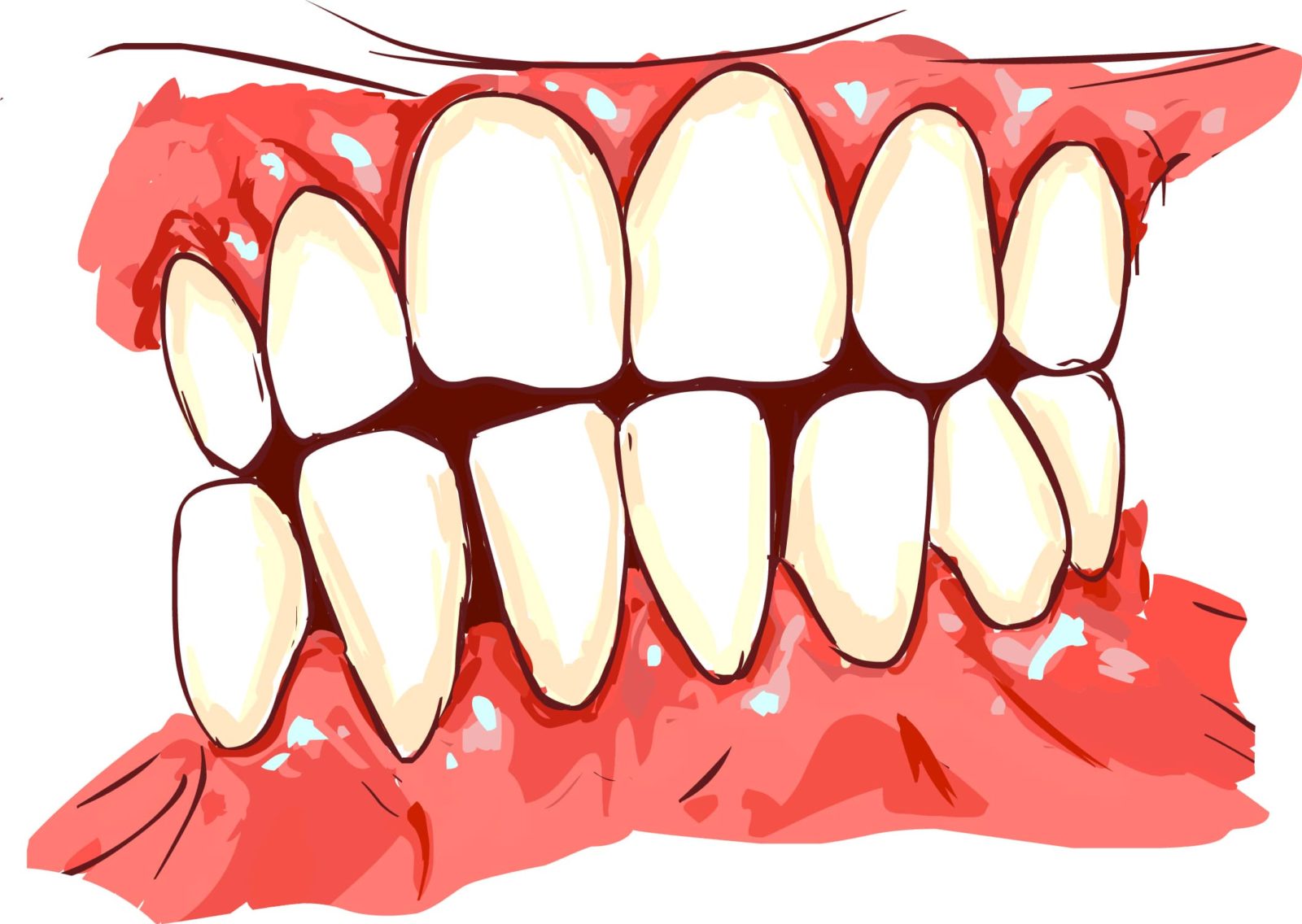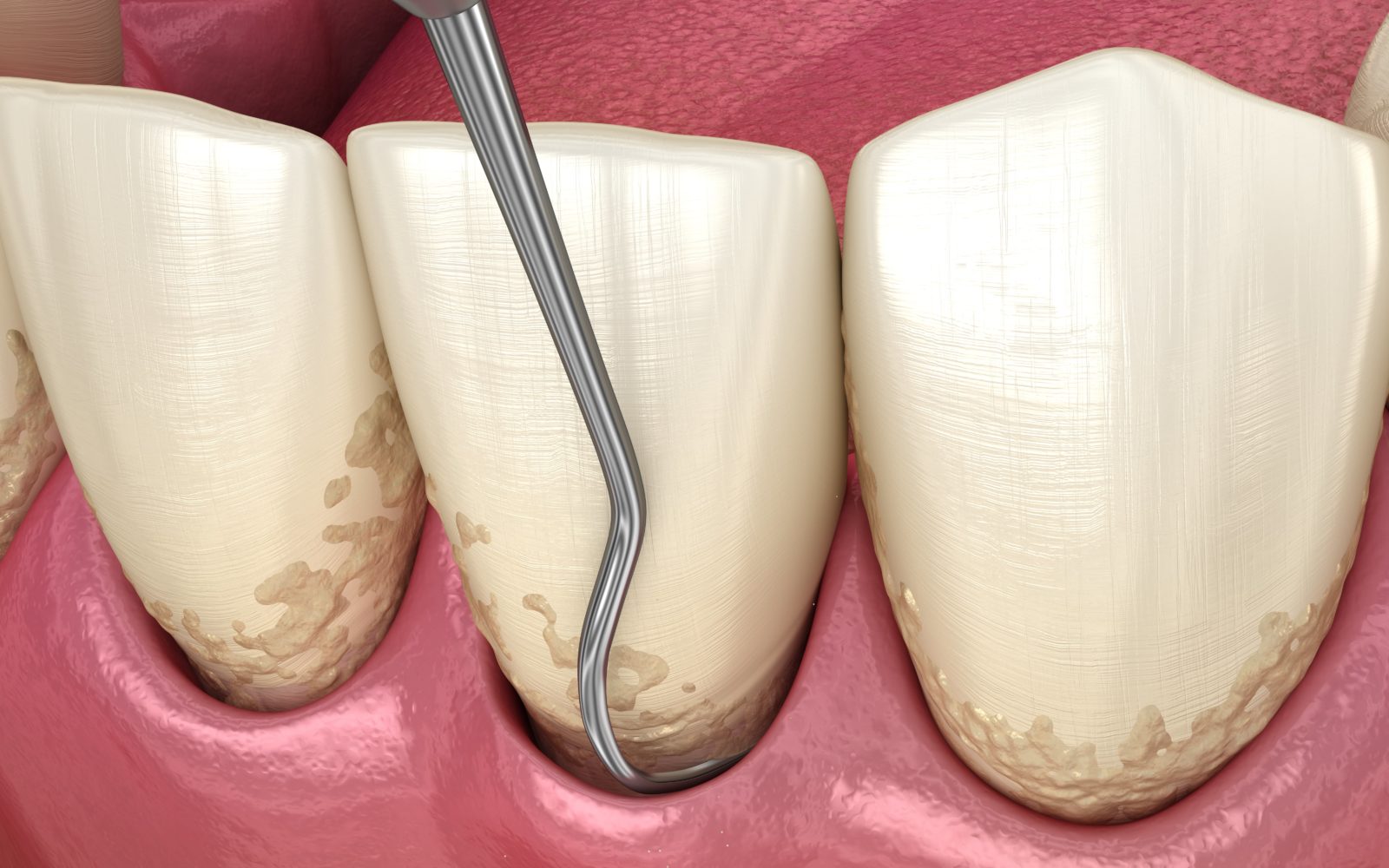Periodontal therapy, also known as scaling and root planing, is a specialized type of dental cleaning intended to manage gum disease. There are two different types of gum disease: early gum disease which is known as gingivitis and advanced gum disease which is known as periodontitis. Both types of gum disease cause chronic inflammation in the gums, however the inflammation is more severe with periodontitis. In fact, this severe inflammation can lead to tissue attachment loss and bone resorption, which can lead to tooth loss. In order to prevent this from happening, your dentist may recommend periodontal therapy at regular intervals to remove the plaque, tartar, and bacteria responsible for promoting inflammation.
Did You Know?
If caught early, gingivitis can usually be treated successfully with optimum care. Periodontitis, on the other hand, cannot be reversed and will continue to progress unless carefully managed with periodontal therapy.
Frequently Asked Questions:
Do I need periodontal therapy?
While only a dental examination can determine if periodontal therapy is necessary, some possible signs that you may need periodontal therapy include:

- Gums that bleed easily
- Red, swollen, or tender gums
- Tooth sensitivity
- Gum recession
If you have any of these symptoms, it is strongly recommended to schedule a consultation with Dr. Morales of Desert Pearl Dentistry to determine if periodontal therapy is needed.
What can I expect when receiving periodontal therapy at Desert Pearl Dentistry?

Periodontal therapy is basically a state of the art dental cleaning for individuals with gum disease. While a typical dental cleaning only cleans the visible portion of your teeth known as the crowns, periodontal therapy cleans the crowns and root surface. One of the symptoms of gum disease is gum recession, whereby the gums begin to pull away from the tooth roots, causing them to be exposed. Unfortunately, this means that mineral deposits and bacterial debris accumulate on the exposed tooth roots and along the gum line, which can increase the inflammation.
To meet our high standard of care and keep you comfortable during periodontal therapy, dental anesthetics will be used to numb your mouth. In order to reduce gum inflammation, a dental scaler or debridement tool is used to remove these hard mineral deposits and bacterial debris. The root surface is then smoothed out in order to encourage the gums to reattach themselves to the tooth roots. Since periodontal therapy is more involved than a traditional dental cleaning and usually requires the use of dental anesthetics, it is usually performed by dividing the mouth into quadrants and doing one quadrant at a time.
Do I need to follow any special instructions after having periodontal therapy?
After having periodontal therapy, your dentist will provide you with home care instructions. It is important to follow these instructions, otherwise the treatment will not be successful. For starters, you will need to brush twice a day, floss daily, and continue to visit our office for follow up treatments. Depending on your individual case, your dentist may also prescribe mouthwash for daily use. On average, you can expect to return to our office every 3-4 months to continue periodontal therapy.
Since it is likely that your mouth will still be numb after your cleaning, you will need to take special care to not accidentally bite your tongue, cheeks, or lips until the anesthetic wears off. This generally takes about 1-3 hours depending on how fast your body metabolizes the anesthetic. To manage any residual discomfort, you can use over the counter pain medications. It is also recommended to eat soft foods and rinse with warm salt water the day of your treatment to manage discomfort. By the next day, you should be able to return to your usual diet and routine with no restrictions.


